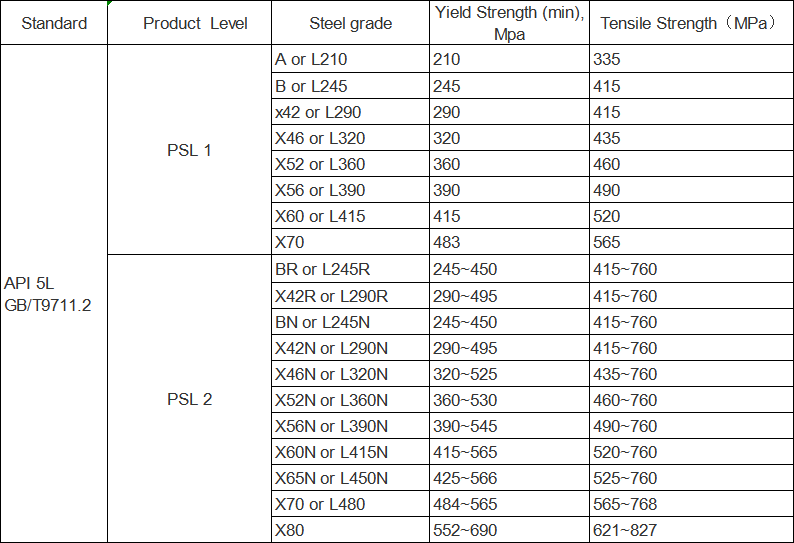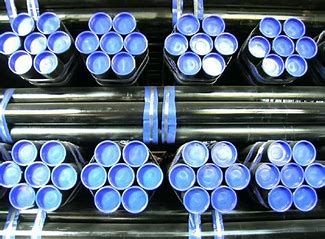Tempering Temperature And Mechanical Properties Of Pipeline
According to API5L, GB/T9711.1 pipeline steel pipe performance requirements, according to the different tempering temperature, tempering can be divided into the following:
1. Low temperature tempering (150-250 degrees)
The microstructure obtained by low temperature tempering is tempered martensite. The purpose is to reduce the quenching stress and brittleness of the quenched steel on the premise of maintaining high hardness and high wear resistance, so as to avoid cracking or premature damage during use. It is mainly used for a variety of high carbon cutting tools, measuring tools, API5L,GB/T9711.1 pipeline steel pipe, rolling bearing and carburizing parts, temper hardness is generally HRC58-64.
2. Moderate tempering (250-500 degrees)
The microstructure obtained by moderate tempering is tempered troxite. The aim is to obtain high yield strength, elastic limit and high toughness. Therefore, it is mainly used for all kinds of API5L,GB/T9711.1 pipeline steel pipe and hot working die treatment, tempered hardness is generally HRC35-50.
3. High temperature tempering (500-650 degrees)
The microstructure obtained by high temperature tempering is tempered soxite. It is customary to combine quenching and tempering heat treatment called tempering treatment, its purpose is to obtain strength, hardness and plasticity, toughness are better comprehensive mechanical properties. Therefore, it is widely used in automobile, API 5L, GB/T9711.1 pipeline steel pipe, machine tools and other important structural parts, such as connecting rod, bolt, gear and shaft. The hardness after tempering is generally HB200-330.
Mechanical Properties:



Leave a Reply
Want to join the discussion?Feel free to contribute!